The Val di Cembra, in Trentino-Alto Adige, is a valley characterized by breathtaking landscapes and a remarkable winemaking tradition marked by grape terraces that rise up to 900 m above sea level. The grapes grown include mainly Müller-Thurgau and Chardonnay. The vineyards are supported by dry stone walls and represent centuries of traditional agriculture in the area. In addition to viticulture, the valley has numerous naturalistic structures, such as the Segonzano Pyramids, decidedly distinctive geological formations created by water erosion of the rock. Another point of interest is thePinè Plateau, from which several trails accessible to all depart, such as the Serraia and Piazze Lake Tour route. Just as important as the Pinè plateau is Lago Santo, a place shrouded in folk legends and perfect for visitors who want to relax in the shade of its trees and near the coolness of its waters. The village of Cembra, on the other hand, is home to the late-Gothic church of San Pietro, which houses precious frescoes such as the cycle of the Life of Christ, the Crucifixion and the Last Judgment by Valentino Rovisi of Moena. So if you have decided to avoid the sea for your vacation and prefer the mountains, here are 10 places to visit in the Cembra Valley.
The Cembra Valley is famous for its vineyards and the history of its vine cultivation, which is linked to the morphology of the territory. Its landscape, which rises up to 870 m above sea level, is unique and its characteristics guarantee the production of excellent wines, both red and white and fine sparkling wines. These include Müller Thurgau, grown in vineyards located around 600 meters, fruity wines produced from Chardonnay grapes, and Trento D. O.C. classic method sparkling wines. Moreover, among the most important and historical grape varieties of Cembra Valley, there is La Schiava, dating back to the 13th century, as reported on ancient documents.
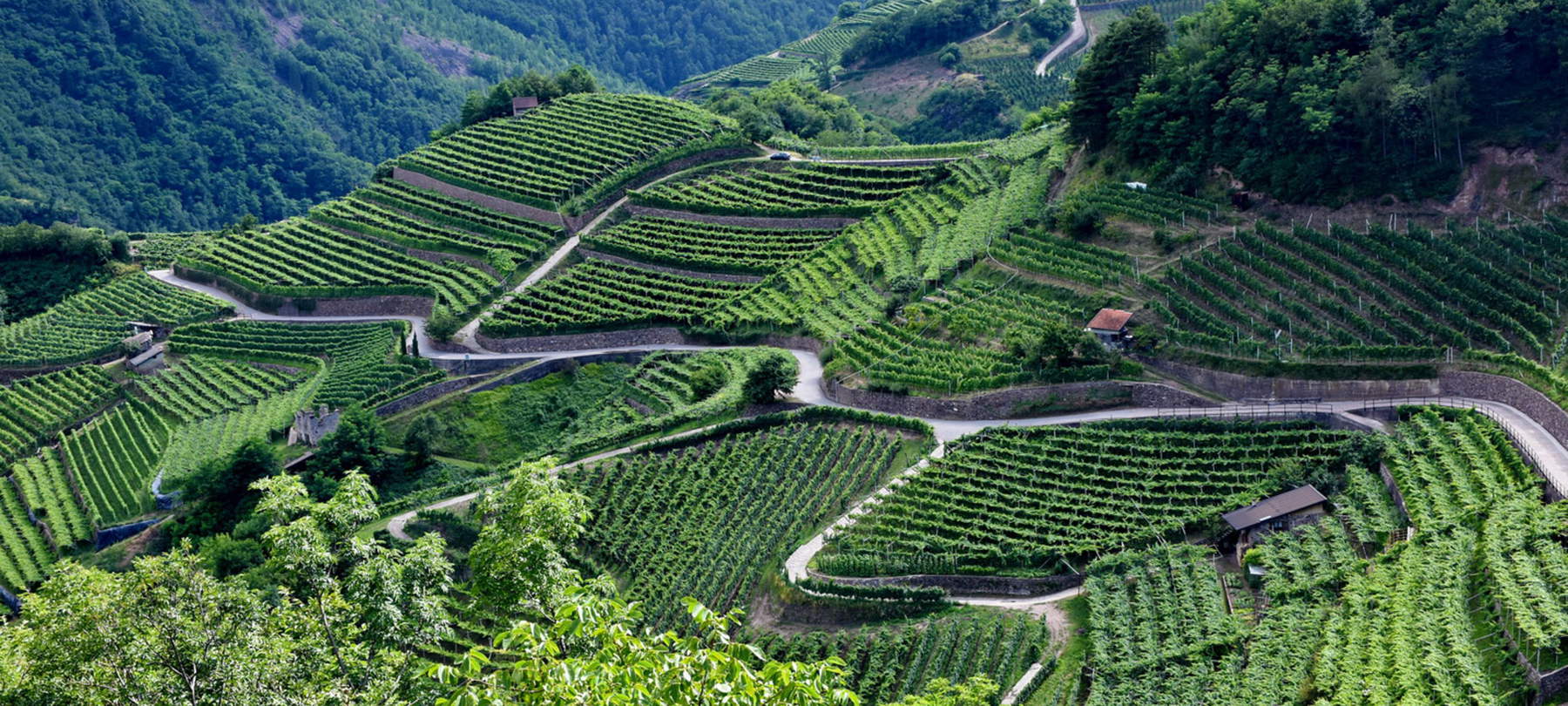
The Dürer Trail, links Alto Adige Südtirol and Trentino, divided by the Dossone di Cembra. The trail includes the Trentino portion from Salorno to the Segonzano Pyramids, while the South Tyrolean pass starts at the Klösterle in San Floriano, passes by the clear lakes of Egna to Salorno. The Dürer Trail owes its name to the famous trip that Albrecht Dürer (Nuremberg 1471 - 1528) made to Italy in 1494. What remains as evidence of this important passage are the painter’s watercolors, which depict Segonzano Castle and the Welsch Pirg.
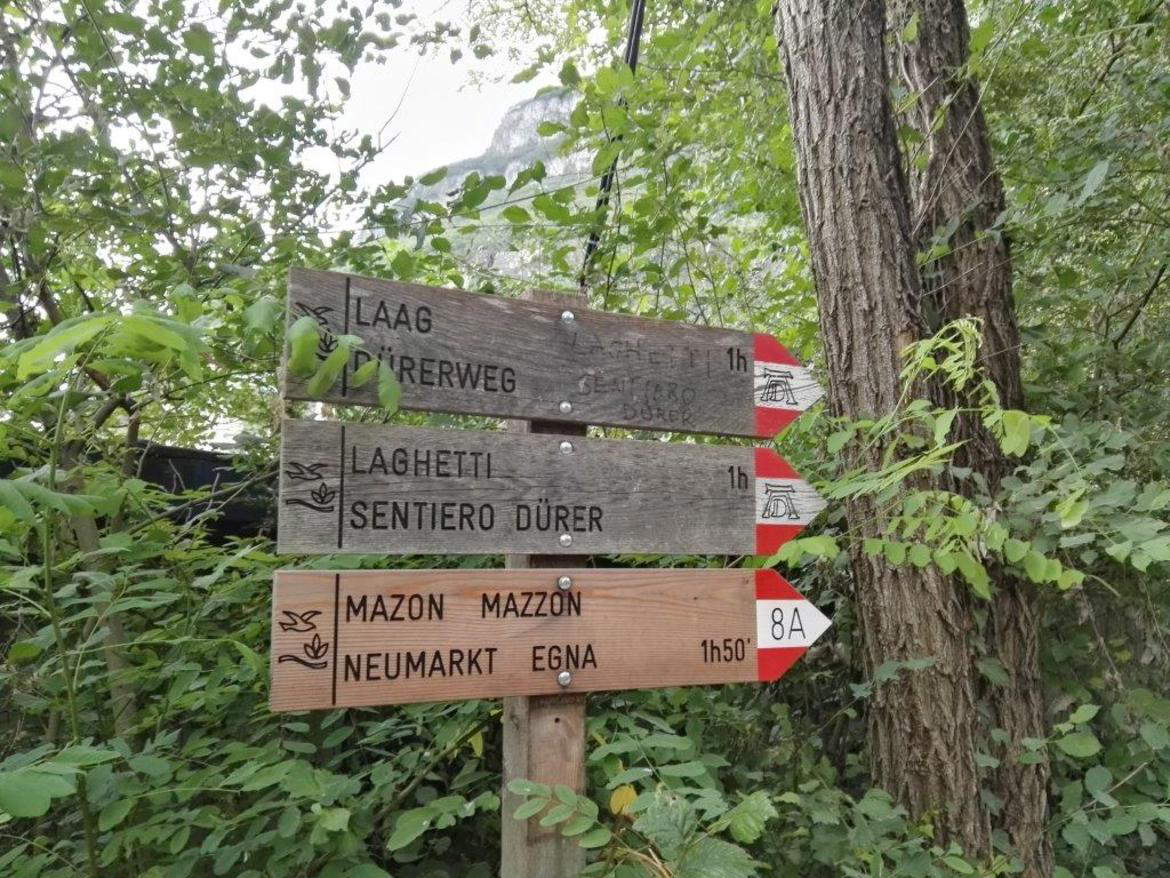
The church of San Pietro is located in the historic center of Cembra, and its first mention dates back to 1224. The building, probably the work of Michele di Francesco di Gardena, is from the first half of the 16th century and has a late Gothic form. Its interior consists of a single nave, and its chancel has frescoes covering it completely: in the center of the vault is a fresco of God Blessing with four Doctors of the Western Church, while the other areas are decorated with figures such as David and the various prophets, evangelists, and saints. There is also a fresco of the Crucifixion, the collection of manna, a cycle of Christ’s life from the Annunciation to the Resurrection, and the Last Judgment, by Valentino Rovisi of Moena in 1759.
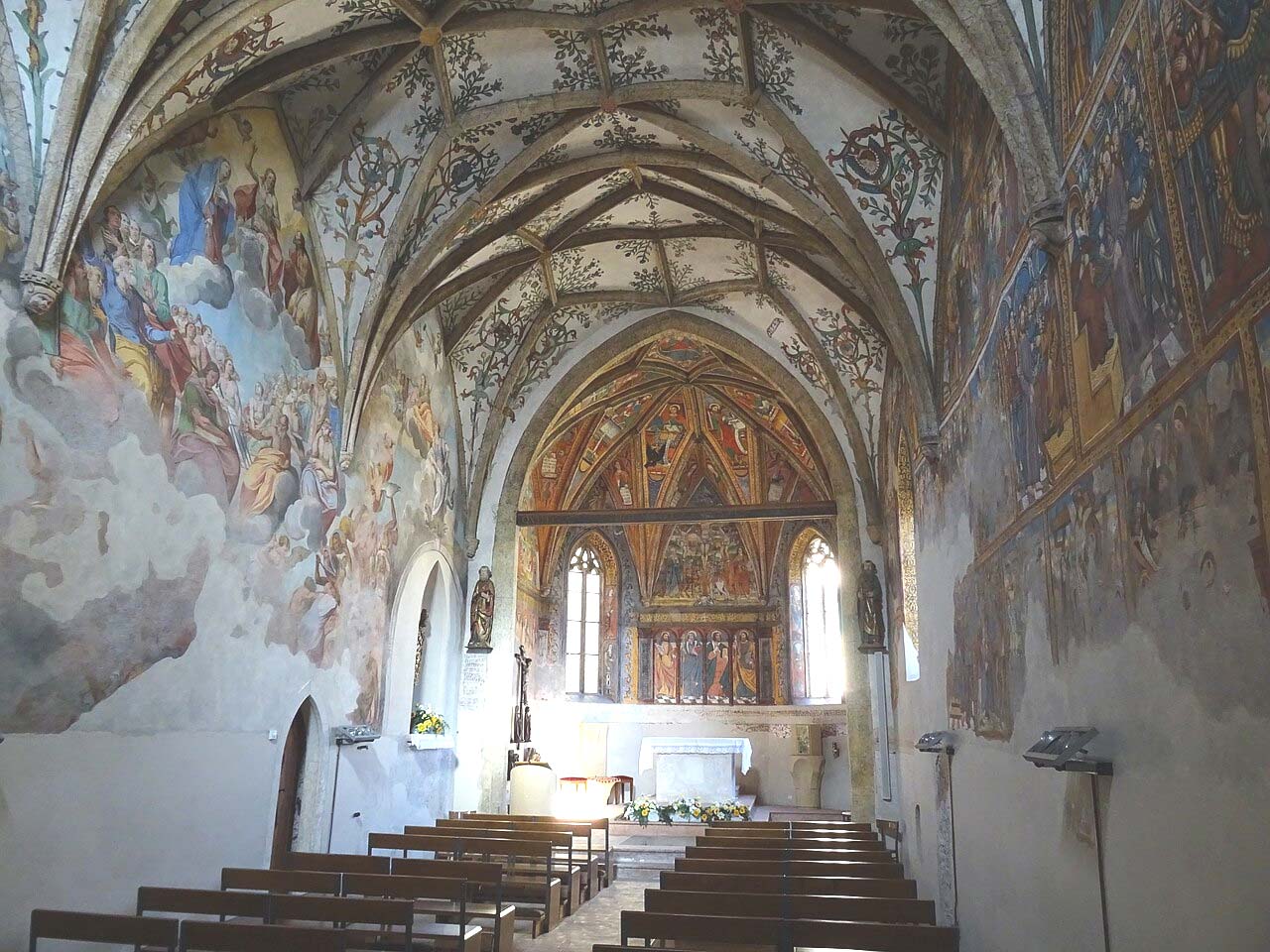
In the Cembra Valley, among the hills and naturalistic areas, the peat bogs are of great importance, so much so that they have become nature reserves and a special conservation area. These locations originated from lake environments and are home to a rare and extensive flora. In the past, peat bogs that occupied basins left vacant by glaciers were then filled with peat. The filled basins were left without oxygen, which stopped the decomposition of organisms. There are three visible peat bogs in the Cembra Valley and they are: lac del Vedes, lake Nero, and lake Valda.
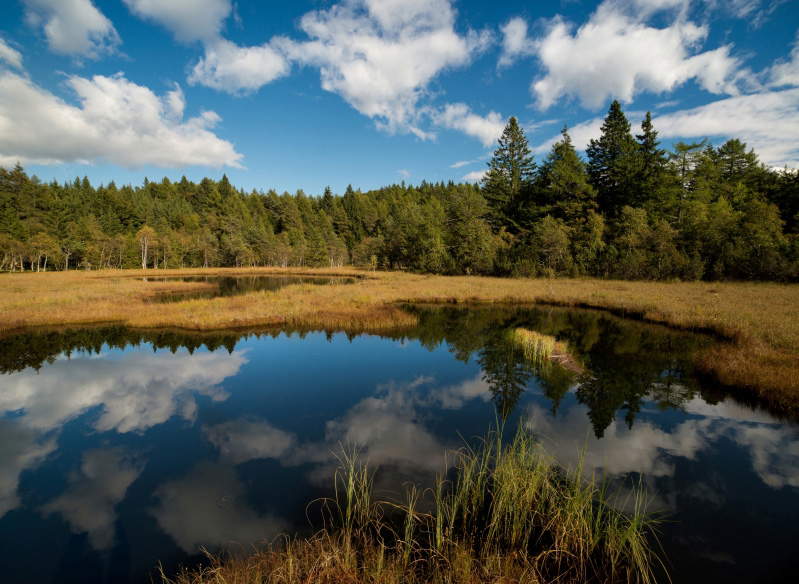
4 km from the village of Cembra, there is a lake that enchants visitors: it is the Holy Lake. Its location is strategic because it offers the possibility to move easily for trekking trails including the path along the Dürerweg. Its name comes from a popular legend that at the place where the lake now stands, there was a forest disputed between heirs. One of them, wished that the forest would become a lake, and the water began to rise, threatening Cembra. The heirs, repentant, asked God for forgiveness, and to sanction peace, they had the parish priest’s consecrated ring thrown into the lake, which was able to stop the water immediately. At that moment danger ceased.
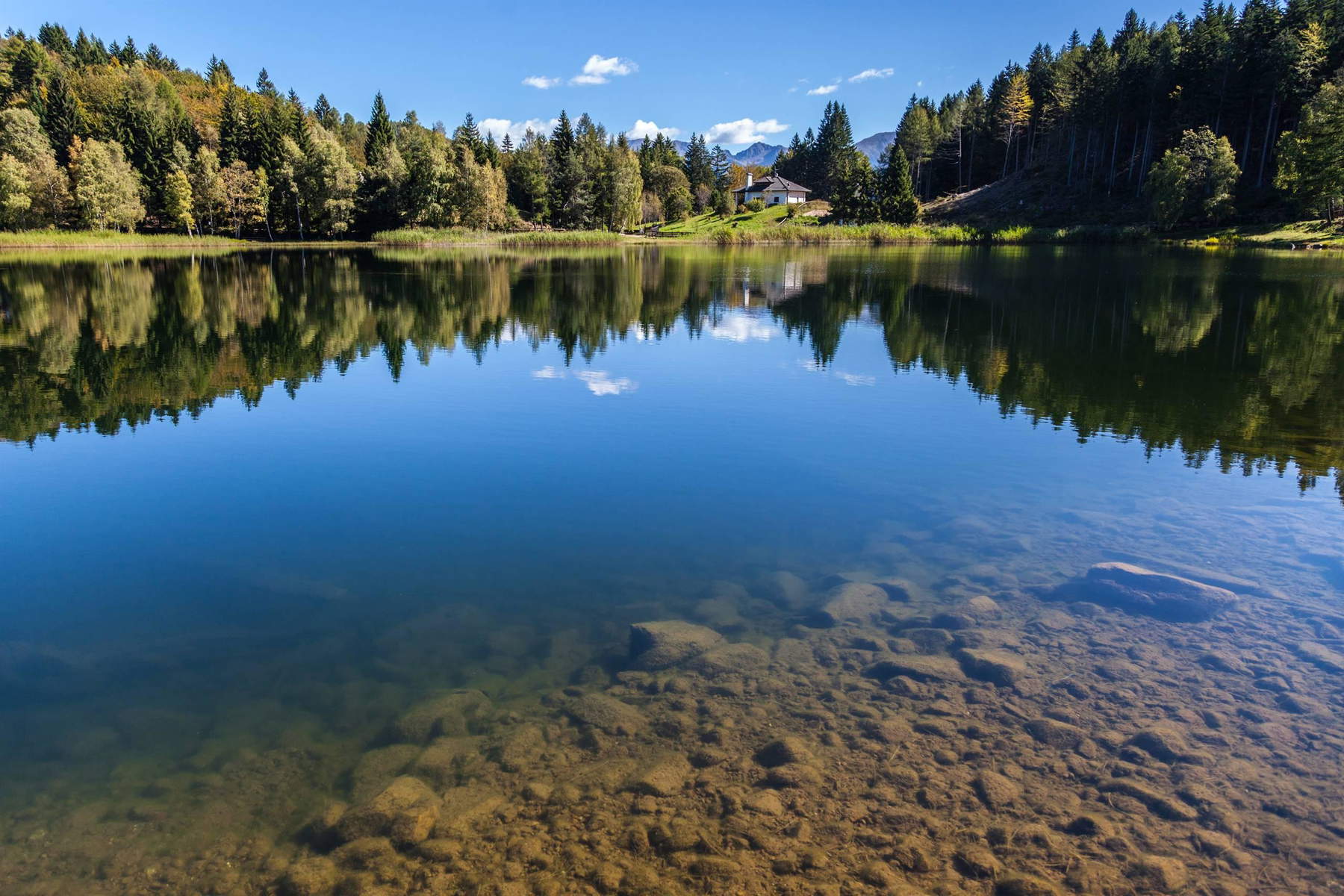
The ruins of Segonzano Castle rise mightily over the Cembra valley. The building was constructed in medieval times by Rodolfo Scancio, and to this day only a few walls remain of the 13th-century fortress. Built with the function of guarding transports in the Adige Valley, the fortress was of great importance between the 14th and 15th centuries, which, in this very period, became the property of the Dukes of Tyrol. The fortress also inspired the artist Albrecht Dürer, who dedicated two watercolors to the castle during his journey in 1494. Around 1795, the fortress came under bombardment during the war between the French and Austrians. It later fell into ruin, and to this day, the Roman tower called “of the prisons” is the only one that has survived.
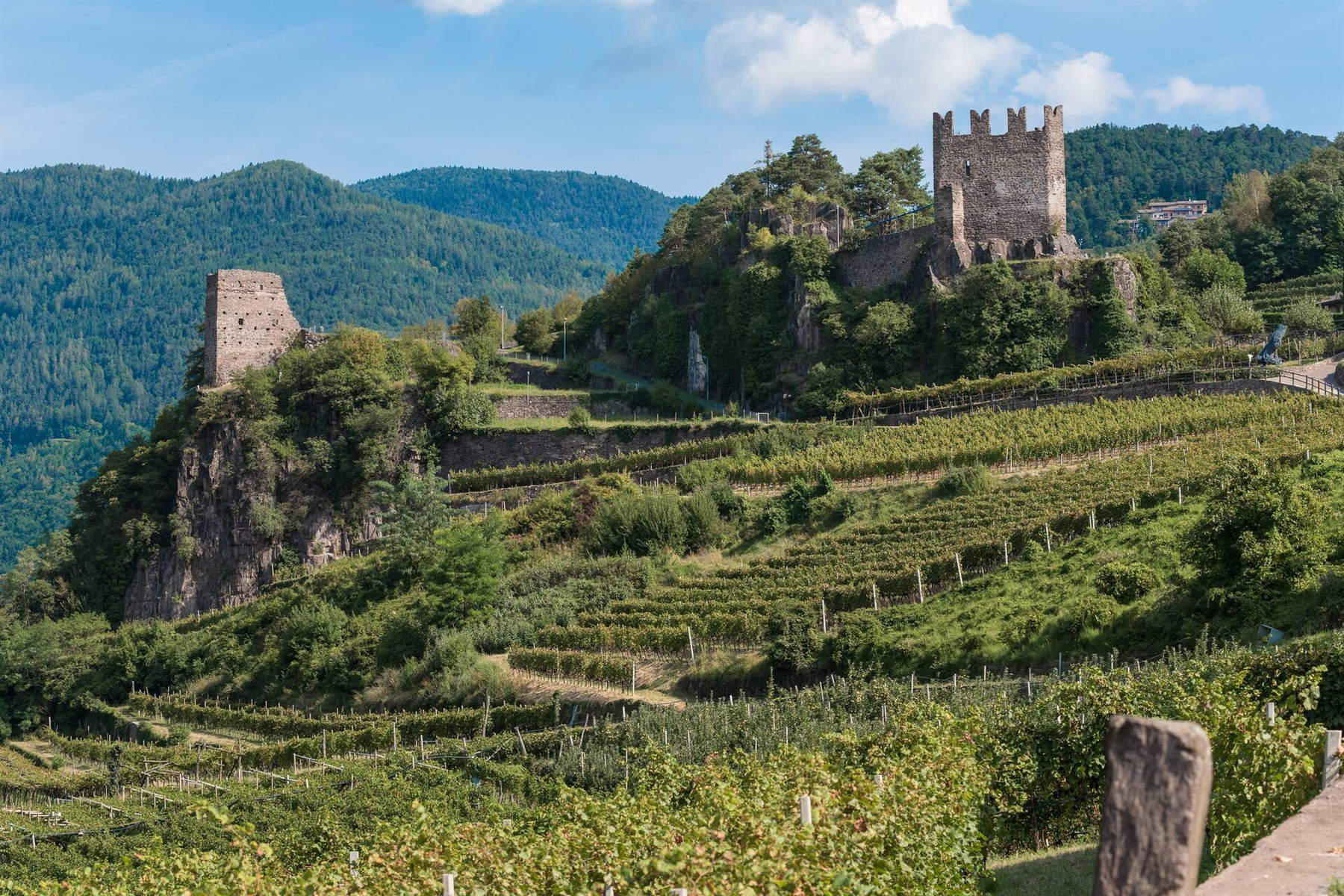
The Segonzano Py ramids in the Cembra Valley offer breathtaking yet distinctive views. The rock formations owe their formation to the weathering that has shaped the highlighted areas over time. We are talking about Avisio glaciers that have left deposits of earth and other earthy material such as boulders and stones in the Rio Regnana Valley. Over time, water eroded the material giving rise to the pyramids. Their special feature? The large stone cap positioned above the tips of the different structures.
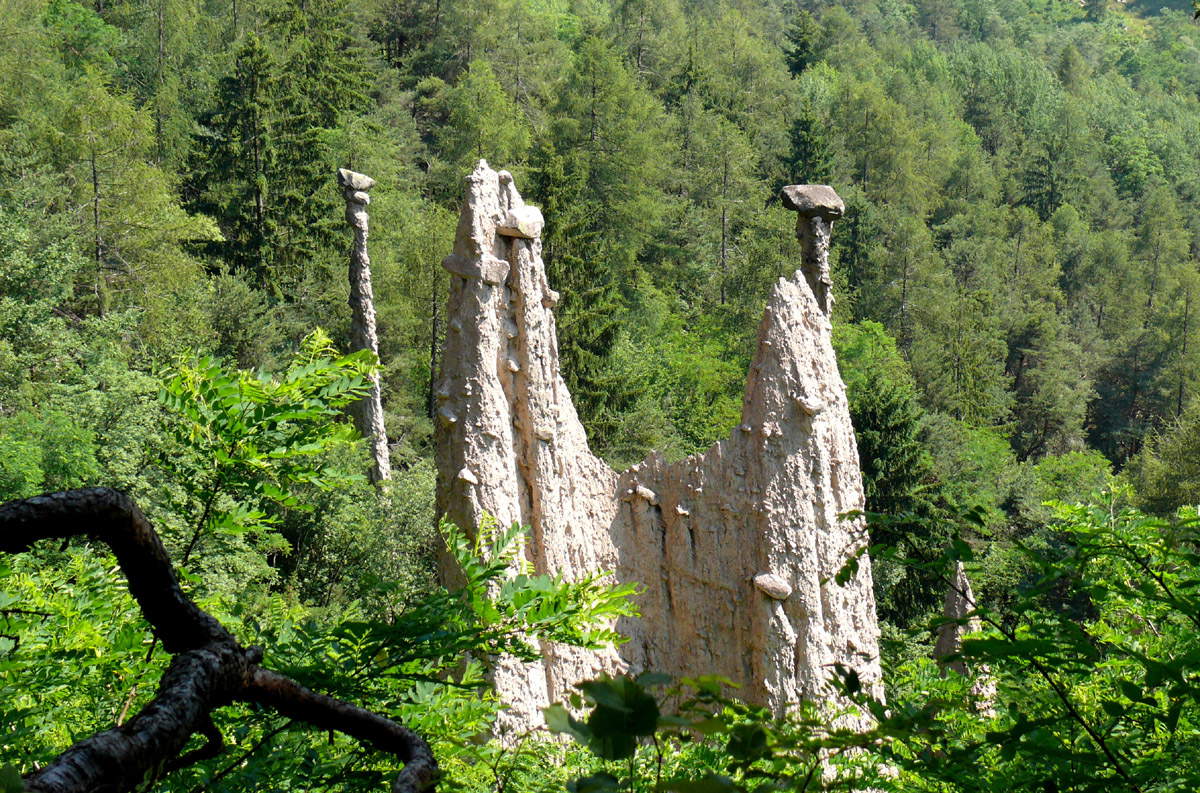
ThePiné Plateau, in the Cembra Valley, is positioned at 900 m above sea level and is characterized by forests, hills and lakes from which you can admire the Lagorai. Famous for its trails and hikes, the Piné Plateau offers several routes that are accessible with wheelchairs, strollers and to be experienced alone but also in company. Some of the most accessible ones include: the Tour of Lake Serraia to Biotope Paludi di Sternigo, the Tour of Serraia and Piazze Lakes, from Centrale to Brusago and Lago delle Buse, and from Baita Alpina to Cros del Cuc.
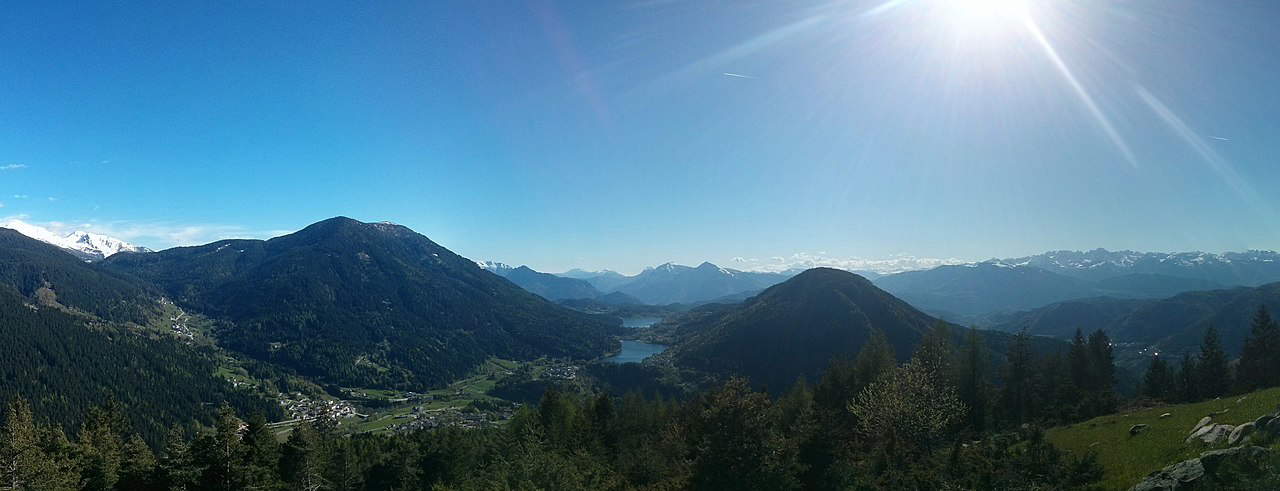
Between Grumes and Grauno, it is possible to visit a long path composed of factories, workshops and distilleries called the Path of Old Trades. The trail consists of old mills that used the water of the Avisio stream to process wood and other materials such as metal. Inside the trail you can find machinery and spaces restored by Rete Riserve Cembra Avisio including mills, forges and 20 water machines. To see the machines in motion, it is necessary to participate in excursions organized by Rete Riserve itself.
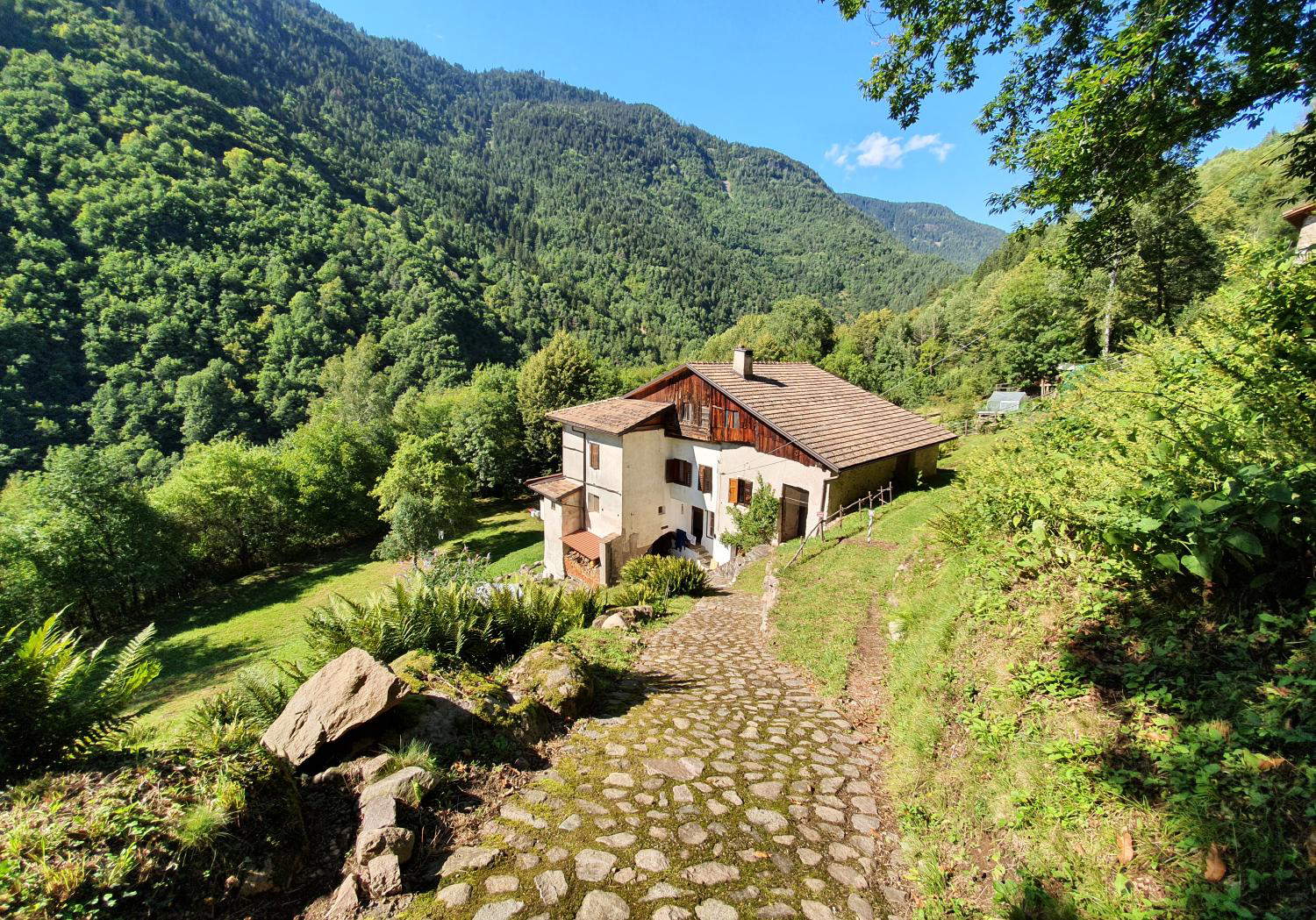
The Wolf Waterfall, hidden along the course of the Regnana stream on the Piné Plateau, is 900 m above sea level and is still a popular destination for visitors to move between paths made of stone and woods. The name of the waterfall comes from a legend that a wolf died near the area. Getting to the wolf waterfall is easy and can be done from different paths: from the village of Piazze until you get to the Regnana stream; from the Segonzano pyramids; from path C37; from the village of Cialini; or by descending from the path that starts from Marteri di Bedollo.
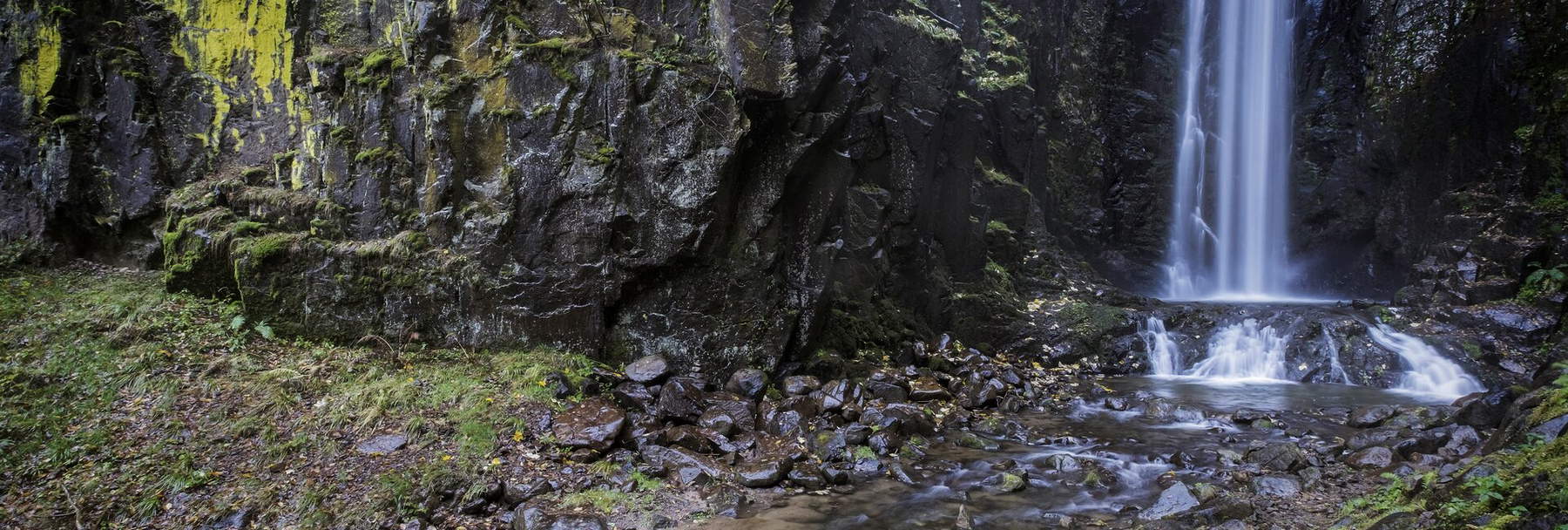
 |
| Cembra Valley, what to see: 10 places among villages and forests |
Warning: the translation into English of the original Italian article was created using automatic tools. We undertake to review all articles, but we do not guarantee the total absence of inaccuracies in the translation due to the program. You can find the original by clicking on the ITA button. If you find any mistake,please contact us.